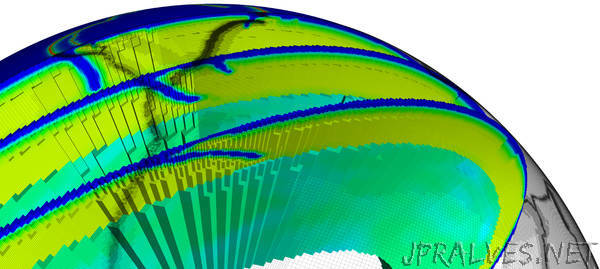
“The Texas Advanced Computing Center (TACC) at The University of Texas at Austin announced its latest supercomputer, known as Frontera, will be powered by next-generation Intel® Xeon® Scalable processors. Academic researchers hope the new supercomputer will enable important discoveries across scientific fields, from astrophysics to zoology.
“Accelerating scientific discovery lies at the foundation of the TACC’s mission, and enabling technologies to advance these discoveries and innovations is a key focus for Intel,” said Patricia Damkroger, vice president and general manager, Extreme Computing Group at Intel.
frontera black 01Frontera is expected to enter production in the summer of 2019. It is the latest in a string of successful supercomputers from TACC that leverage Intel technology. Since 2006, TACC has built and operated three supercomputers that debuted among the world’s 10 most powerful systems: Ranger (2008), Stampede1 (2012) and Stampede2 (2017).
TACC claims that if completed today, Frontera would be the fifth-most-powerful system in the world, the third-fastest in the U.S. and the largest at any university. Frontera will be roughly twice as powerful as the Intel Xeon processor-based Stampede2 (currently the fastest university supercomputer) and 70 times larger than Ranger, which operated until 2013. To match what Frontera will compute in one second, a person would have to perform one calculation every second for roughly 1 billion years.
The Frontera supercomputer continues the close collaboration between TACC and Intel to drive high-performance computing innovations with unprecedented performance, productivity and efficiency.”
